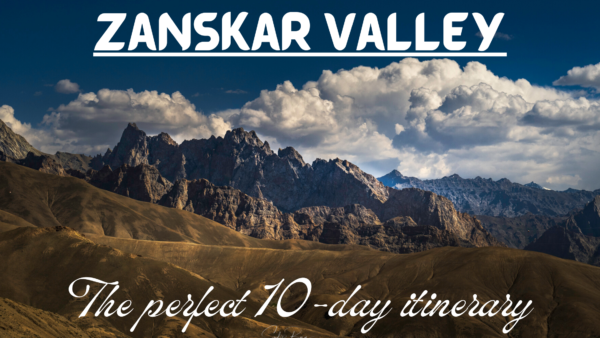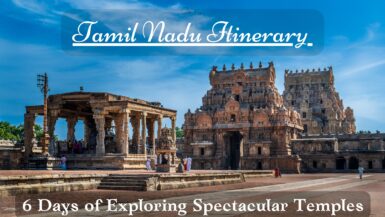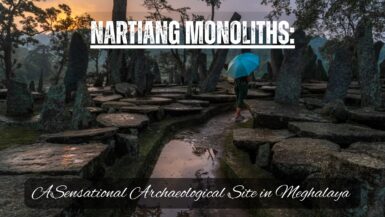An old saying in Zanskar goes, “The land is so barren and the passes so high that only our fiercest enemies or our best friends would want to visit us.” The distant land of Zanskar is surrounded by the mighty Greater Himalayan range and its lofty peaks that go as high as 17,000 ft. The valley is nourished by the Zanskar River, which runs feral through the gorges and canyons in the summer and turns into a bed of ice in the winter. The geographical remoteness further helped in preserving the pristine nature of Zanskar and its Tibetan Buddhist heritage and traditions.
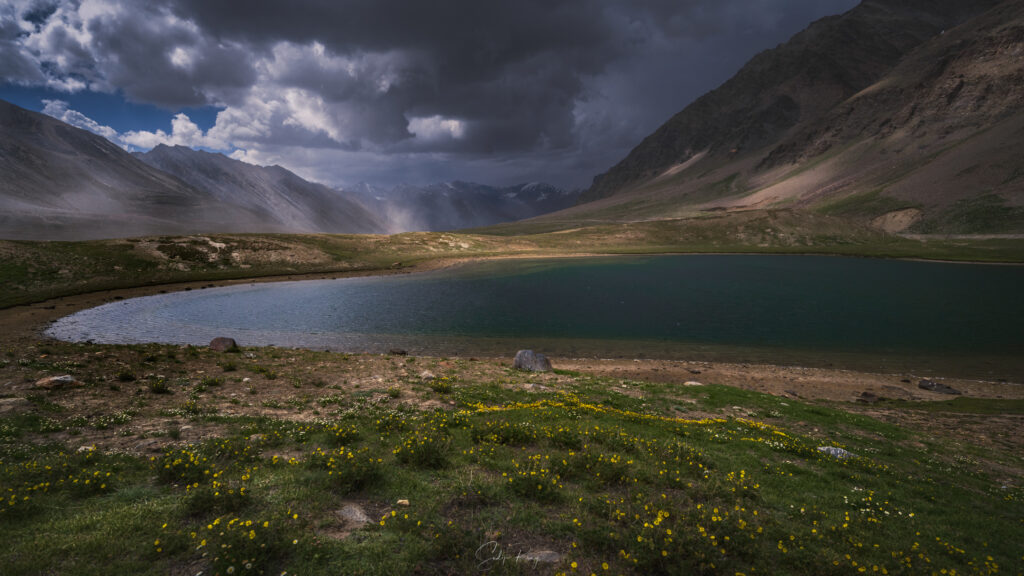
Table of Contents
Where is Zanskar Valley located:
Zanskar Valley is located in the Kargil district of the Indian Union Territory of Ladakh. The valley is predominated by the Zanskar range of the Greater Himalayas as also the Zanskar River.
About Zanskar Valley:
The word Zanskar or Zangskar bears testimony to the abundance of copper in the area since the Tibetan word for copper is ‘zangs’. Zanskar is translated variously to “white copper” (Zangs-dkar), “copper star” (Zangs-skar), “copper palace” (Zangs-mkar), and “copper valley” (Zan-skar).
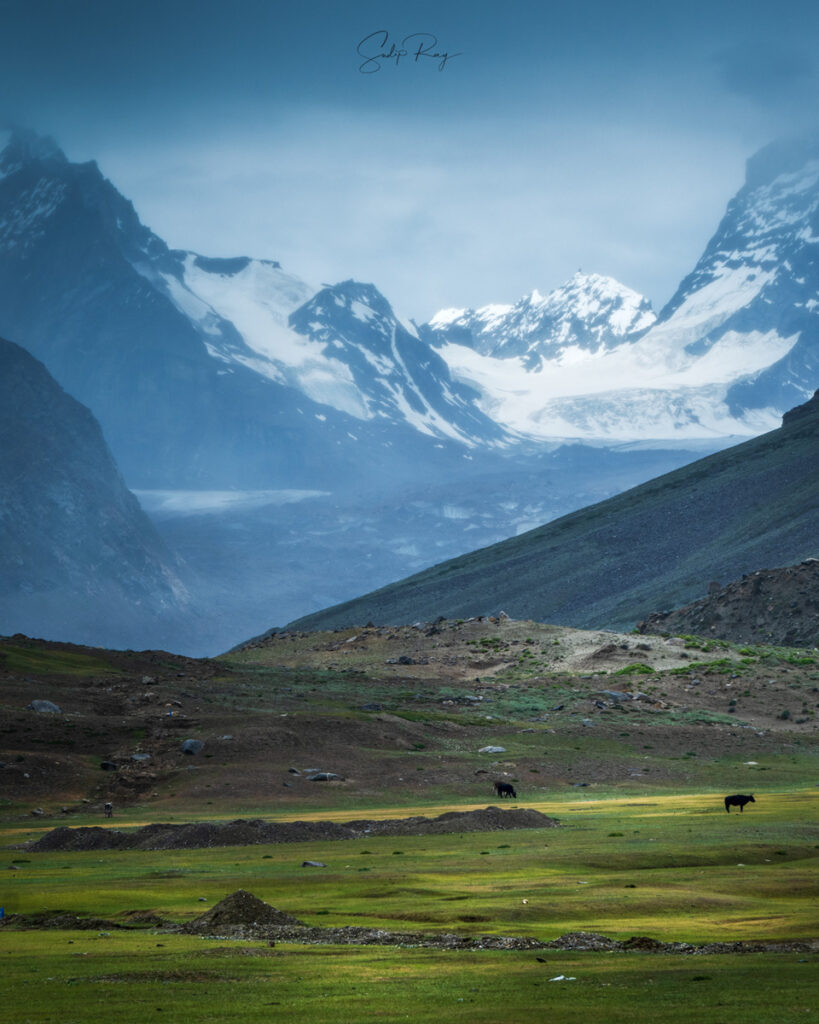
Previously, Zanskar formed a part of the Tibetan Guge kingdom and continued as a peaceful Buddhist kingdom. Later, Ladakhi kings occupied this region.
Being surrounded by high mountains and almost impenetrable passes, the Zanskar Valley has remained cut off from the rest of the world. In fact, the valley remains isolated during the winter for about seven months owing to heavy snowfall. The only medium of transportation is to walk over the frozen Zanskar River. For the Zanskari people, walking on the frozen river is their sole way to remain connected with the outer world. For travelers and trekkers, the icy river renders the renowned Chadar Trek.
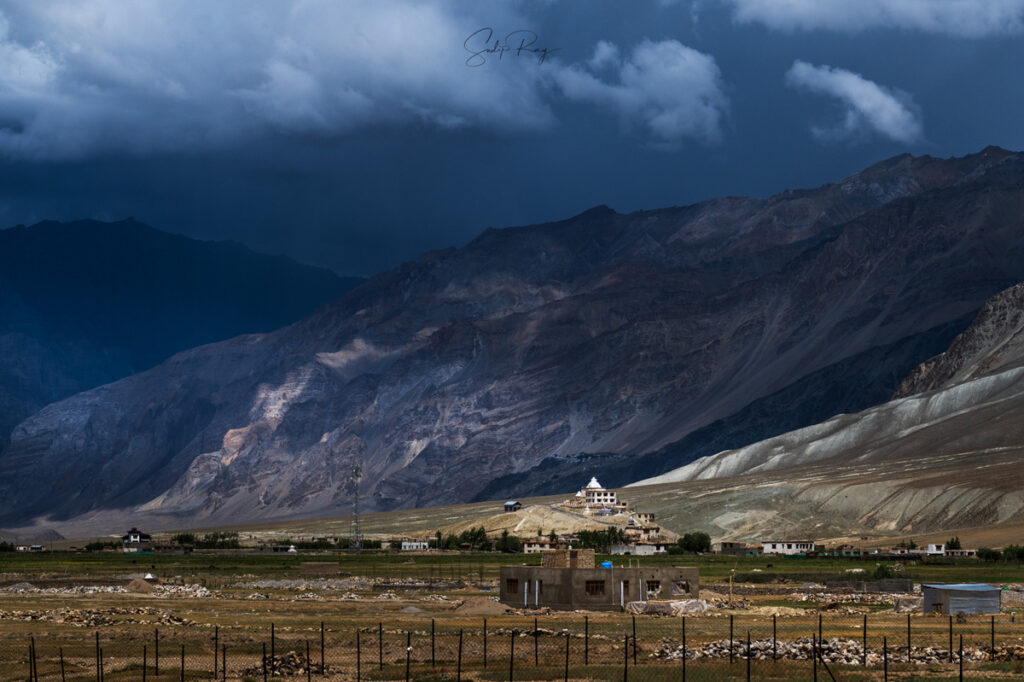
An itinerary for Zanskar Valley:
Visiting Ladakh has been our long-cherished dream. We visited Zanskar Valley as part of a photography group. We stayed in camps in valleys, riversides, and foothills of mountains and captured the beauty of Zanskar through the lenses of both our eyes and cameras.
Here, we have shared our 10-day camping itinerary of Zanskar Valley. You can follow this or refer to this for some itinerary ideas.
Day 1: Flying into Leh
Flying into Leh itself is an amazing experience. Grab one of the early morning flights to Leh from New Delhi. Indigo has one 4-40 AM flight, while Go First flights take off at 4 AM, 5 AM, and 5-30 AM. Book window seats on the left aisle of any of these flights so as to enjoy the sunrise over the Karakoram range.
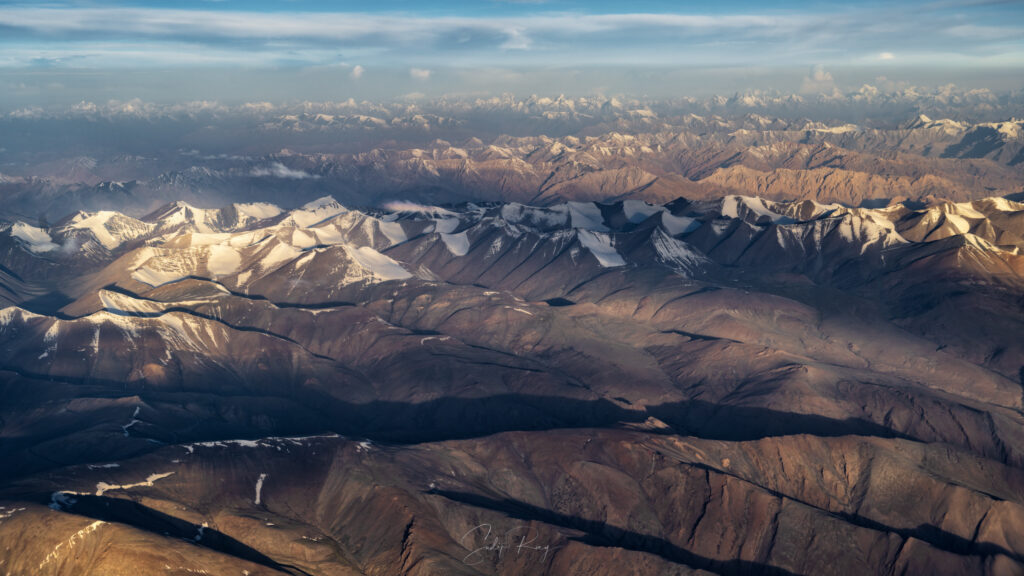
On your first day, take it slow at Leh as you have suddenly ascended an altitude of 11,500 feet. It’s important to take ample rest the entire day so as to give your body enough time to acclimatize.
In the evening, if your health permits, go for a stroll at the bustling Leh City Market. There are lots of shops here selling Ladakhi handicrafts and Pashmina. But we found most of them to be steeply-priced (same as other touristy places in India). Also, you need to bargain a lot. If you want to buy trinkets and souvenirs, head to a Tibetan market inside an alley. Here, the products are reasonably priced as compared to the rest of the shops.
Later, head to the Shanti Stupa for watching the sunset. Days are pretty long in Ladakh and sunset occurs around 7-30 PM. The Shanti Stupa is a white-colored stupa, built on a hilltop as part of the Peace Pagoda mission. The Stupa preserves the relics of Buddha and hence holds immense religious significance. The Shanti Stupa also provides a gorgeous panoramic view of Leh.

Day 2: Drive to Damsna in Kargil
Start early for the road, as Damsna is over 270 km from Leh and there are a few places of interest on the way.
Take your first stop at Nimmu for admiring the beauty of Sangam, where the Zanskar river meets the mighty Indus. During summer, the waters of both rivers remain muddy. The same turns to turquoise during the autumn.
Restart your journey from Nimmu towards Lamayuru. Mid-way, you can take a quick pitstop at Khaltse for sipping refreshing lemon tea and buy fresh apricots for the road.
Lamayuru is a unique place, known as the “Moonland of Ladakh” owing to its moon-shaped landscape. According to some, the soil found here resembles that of the Moon. Lamayuru is also significant as it houses one of the oldest monasteries in Ladakh, which was built in the 10th century. Lamayuru also hosts two masked dance festivals in the second and fifth months of the Tibetan lunar calendar.
Afterward, stop at Mulbek for admiring the giant statue of Maitreya Buddha carved on the rocks.
Have your lunch break at Kargil. Later, you can admire the beauty of the Suru river at Kargil.

Your final stop before Damsna will be Sankoo. If you are planning to camp at Damsna, stock up on your food and groceries from Sankoo. You won’t be getting anything till Padum. If you are not into camping, you can alternately stay at Sankoo.
Day 3: Journey through Suru Valley to Rangdum
Start your third day with a beautiful sunrise at Damsna. Admire how the snow-capped Nun-Kun massifs turn golden, thanks to the first rays of the sun. Take a stroll by the Suru river and immerse yourself in nature’s tranquillity.

After enjoying breakfast by the river, start your journey towards Rangdum. The road will take you through villages as pretty as a picture. The Suru Valley is one of the few places in Ladakh where you will see lots of greenery. During summer, the entire valley is filled with colorful flowers such as Buttercups, wild Peonies and Roses, Yarrow, Arnebia, and so on. The small streams of snowmelt water rushing towards the Sururiver add further beauty to this valley.
Take a tea halt at Parkachik. The hamlet is well-known for the Parkachik glacier. It can be reached by trekking.
From Parkachik, the roads start to deteriorate. In fact, there is no road per se, but dusty tracks laden with rocks and pebbles. Occasionally, you need to cross a river to proceed. Every now and then, your back will scream while your head bumps into the car roof. But, the soul-stirring scenes of Suru Valley will make you forget about the rough journey.
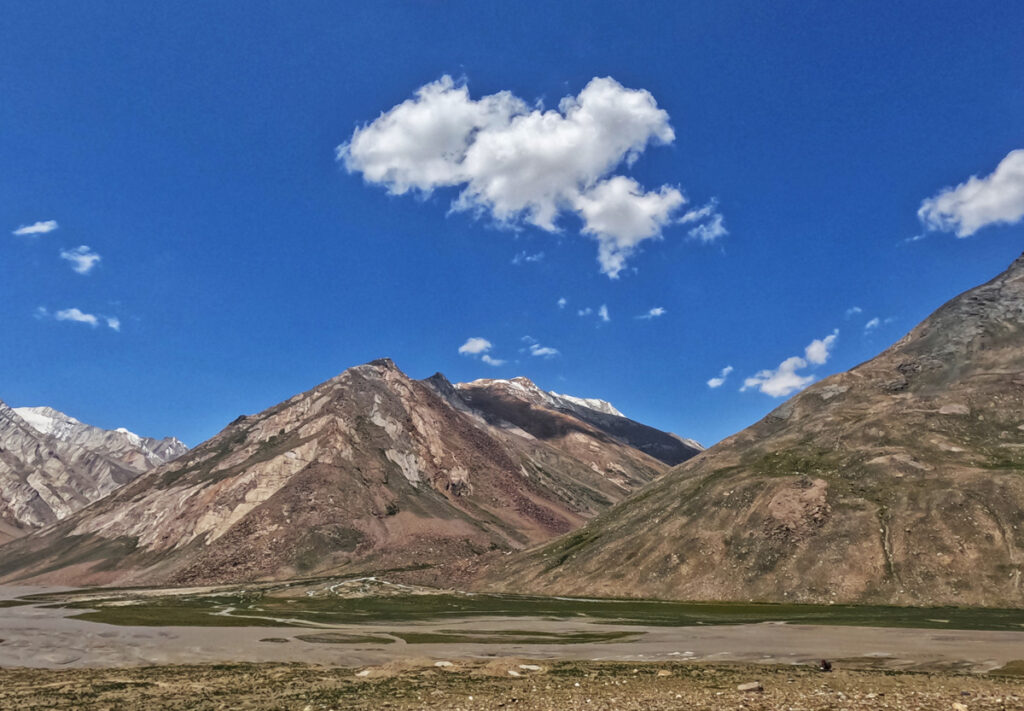
By afternoon, you will reach Rangdum. Rangdum is the last inhabited village of Suru Valley. It is located midway between Kargil and Padum. Rangdum is famous for its fortress-like Buddhist gompa, which was built atop a steep hill some 200 years back. It is also noted for the nomadic Bakarwal tribe, who arrive every year in Rangdum along with their herds of sheep and goats.
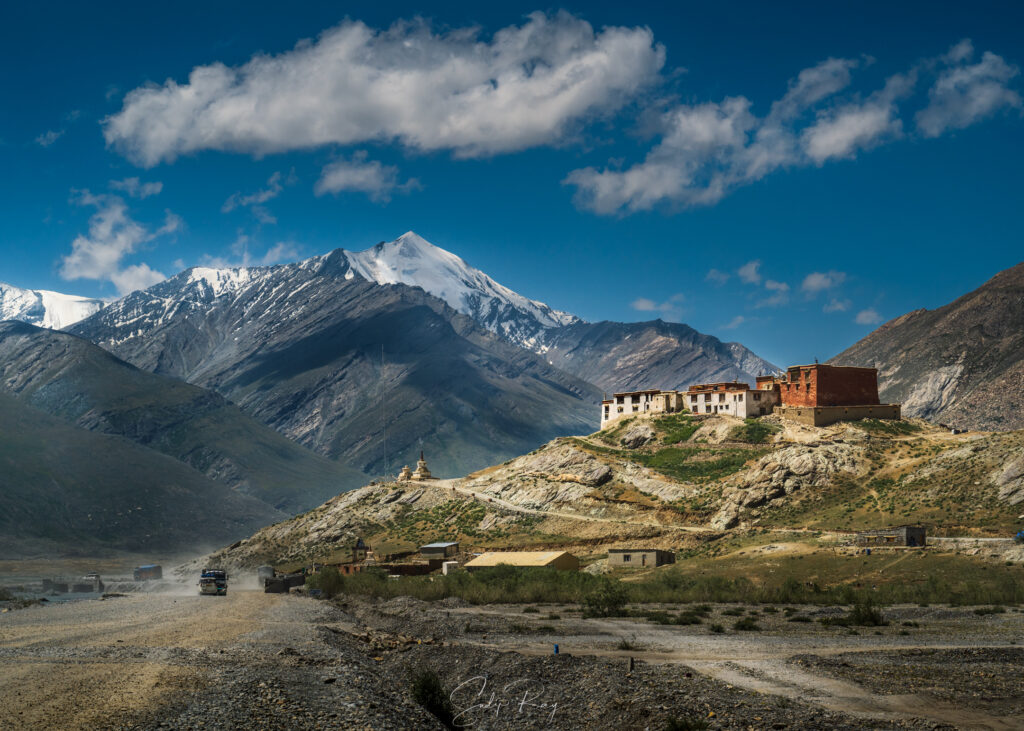
Surely, it will be love at first sight with Rangdum. Perched at an altitude of 3657 meters, Rangdum is chilly and windy, but divine. The mountains that surround Rangdum look like nature’s masterpiece. Nature has skilfully brushed these mountains with vibrant colors. In between these mountains lie grasslands dabbed with spring flowers.
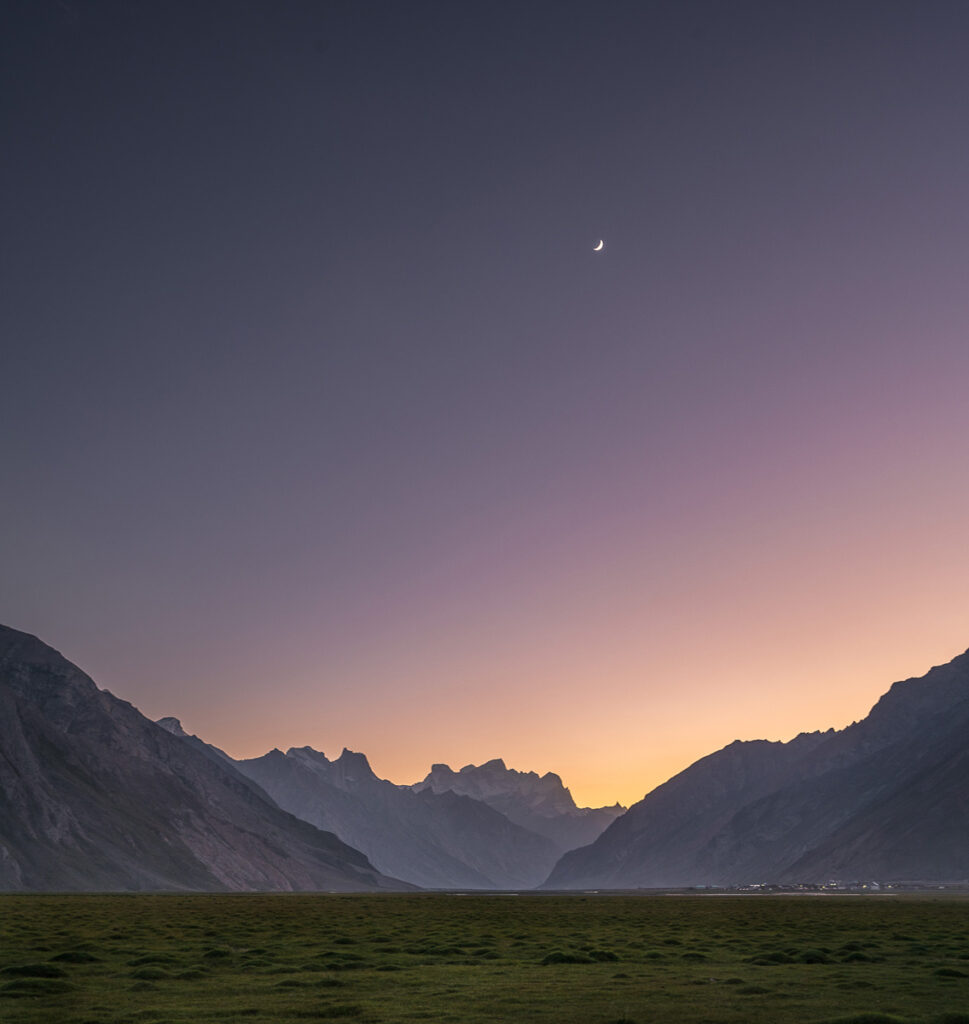
Take a long walk on the grasslands. Sit by the stream and relax your mind. You can also pay a visit to the monastery. At night, admire the clear night sky and gaze at stars to your heart’s content.
The pastures of Rangdum are perfect for camping. Rangdum also has a J&K Tourism Guesthouse and a few homestays.

Day 4: Onwards to Zanskar Valley
On your fourth day, you will finally set your feet on Zanskar Valley. Geographically speaking, the Zanskar Valley begins from Pensi La. Pensi La, a high mountain pass located at a 4,400-meter altitude, is a 2-hour drive from Rangdum.
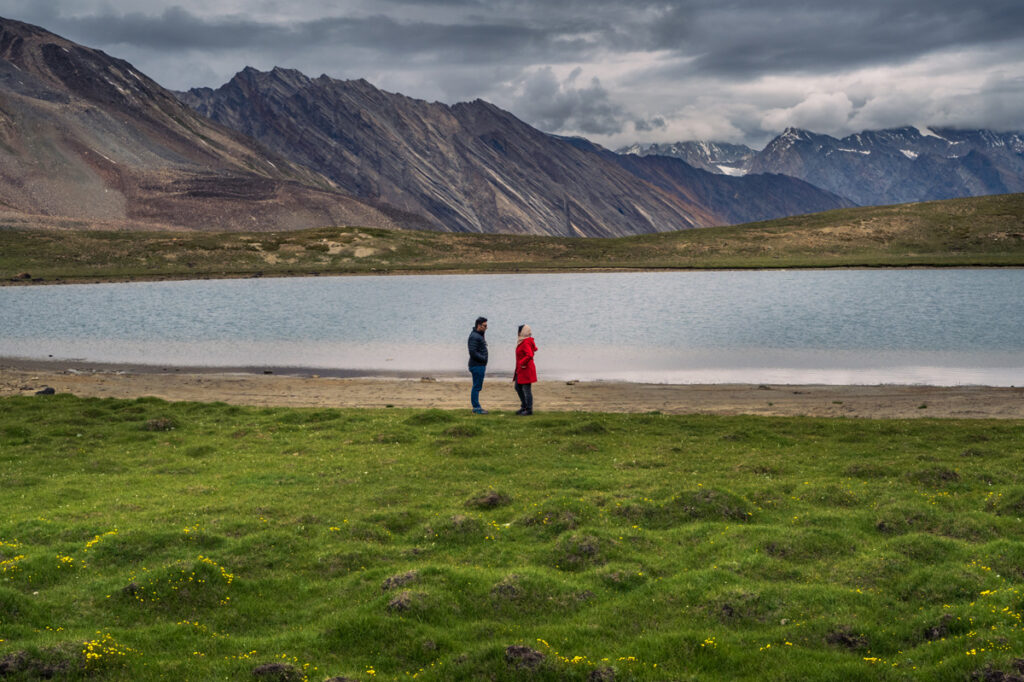
The ethereal landscape, along with the bone-chilling frosty wind, will welcome you to Pensi La. Here, you will first come across the twin lakes of Tsat Tso and Lang Tso, both separated by a tabletop hill. They are surrounded by the Zanskar range, whose reflection on the still waters of these glacial lakes will be delightful for both photographers and laymen. During summer, the green pastures around the lakes are dotted with countless flowers in blues, yellows, purples, pinks, and so on. Moreover, the nearby smaller hills have burrows of Marmots.

All in all, this place looks like a piece of heaven on earth. So, brave the chilly wind and take your sweet time exploring the lakes. Take a walk by the lakes, admire the flowers, spot one or two Marmots, and sit back and relax by the lakes.
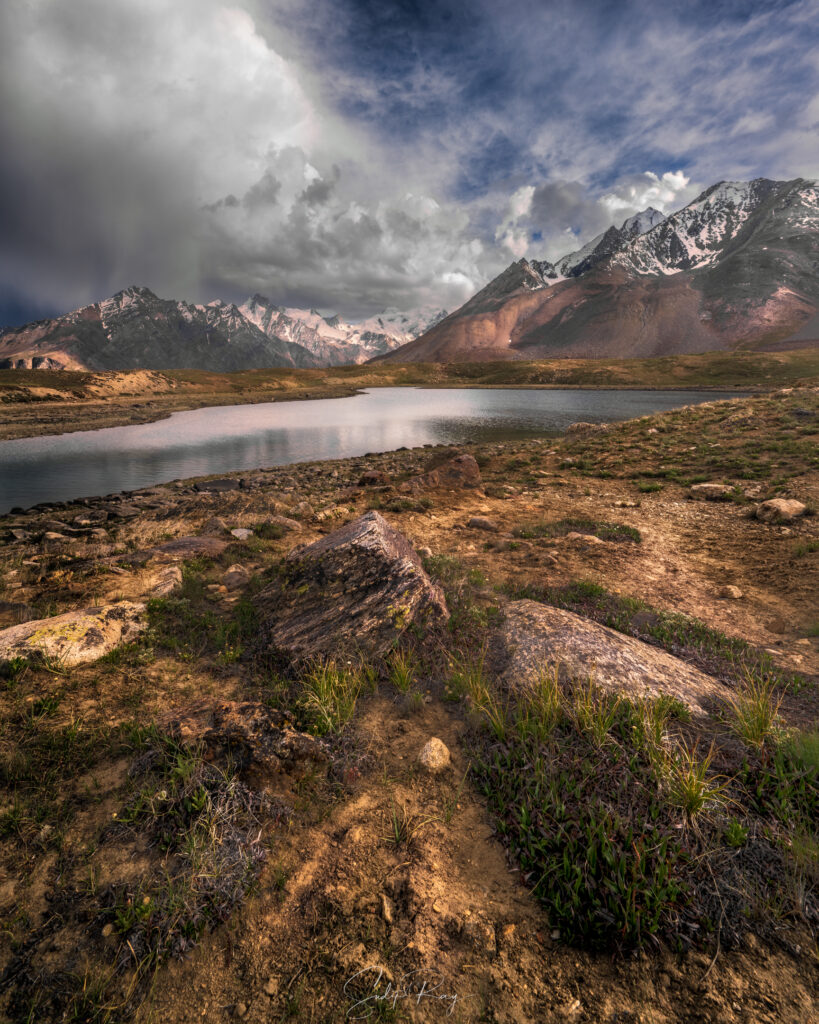
The other attraction of Pensi La is the Drang Drung glacier. This stunning glacier is 23 km long, coming second only to the Siachen glacier of the Karakoram ranges. It is also the source of Stodriver, one of the tributaries of the Zanskar. Visit the Drang Drung glacier during sunset. The glacier and the adjoining snowy mountains get painted the sunset colors. Also, if you are into astrophotography, Drang Drung acts as the perfect foreground for capturing Milky Way.

There are no places to stay at Pensi La. Camping is the only option here. Alternatively, you can cover Pensi La as a day trip on your way to Padum.

Day 5: A fascinating drive to Padum
After relishing a one-of-a-kind morning at the twin lakes (because it’s not every day that you get to wake up by a glacial lake), set out for Padum. For us, the journey from Pensi La to Padum was one of the most enchanting ones in Zankskar. The entire road is flanked by the imposing Zanskar range, wispy waterfalls, green pastures, grazing cows and horses, small villages, truant streams, and of course, the Stod river. Some of the landscapes even reminded us of Rivendell from Lord of the Rings. The road, as usual, is rocky, muddy, and rough. But, the riveting scenes on the way will certainly be rousing.
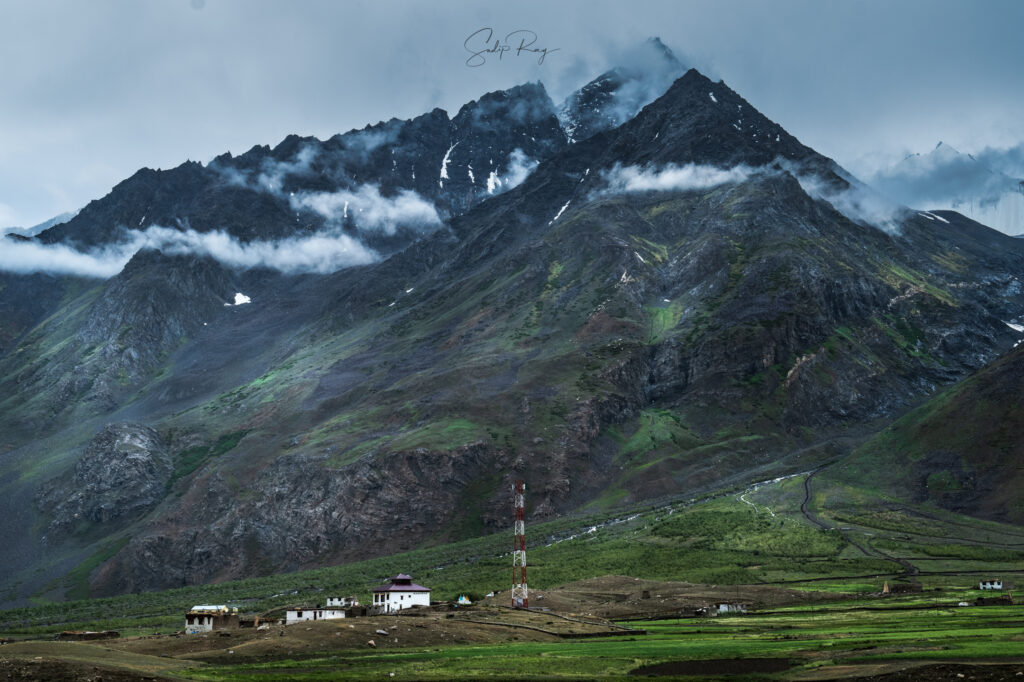
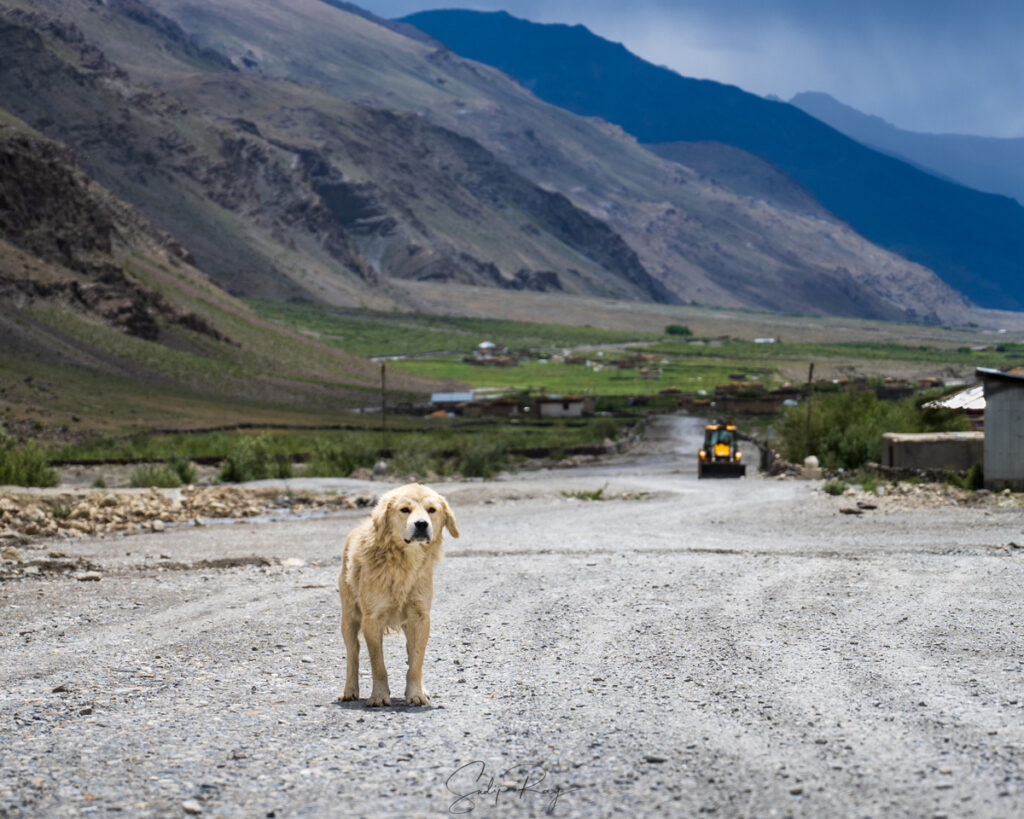
Take a stop at Sani village. Padum is just 9 km ahead of Sani. Sani is a classic Zanskari village, with traditional houses and a monastery. Sani’s monastery is believed to be one of the oldest gompas of Ladakh. It is dedicated to Padmasambhava or Rinpoche, who had spent 5 years of his life here. The most interesting attraction of the Sani monastery is the KanikaStupa, which is believed to date back to the times of Kanishka, the Kushana ruler. The other place of interest at Sani is Tuthot Lake, which has a statue of Guru Rinpoche at the center.

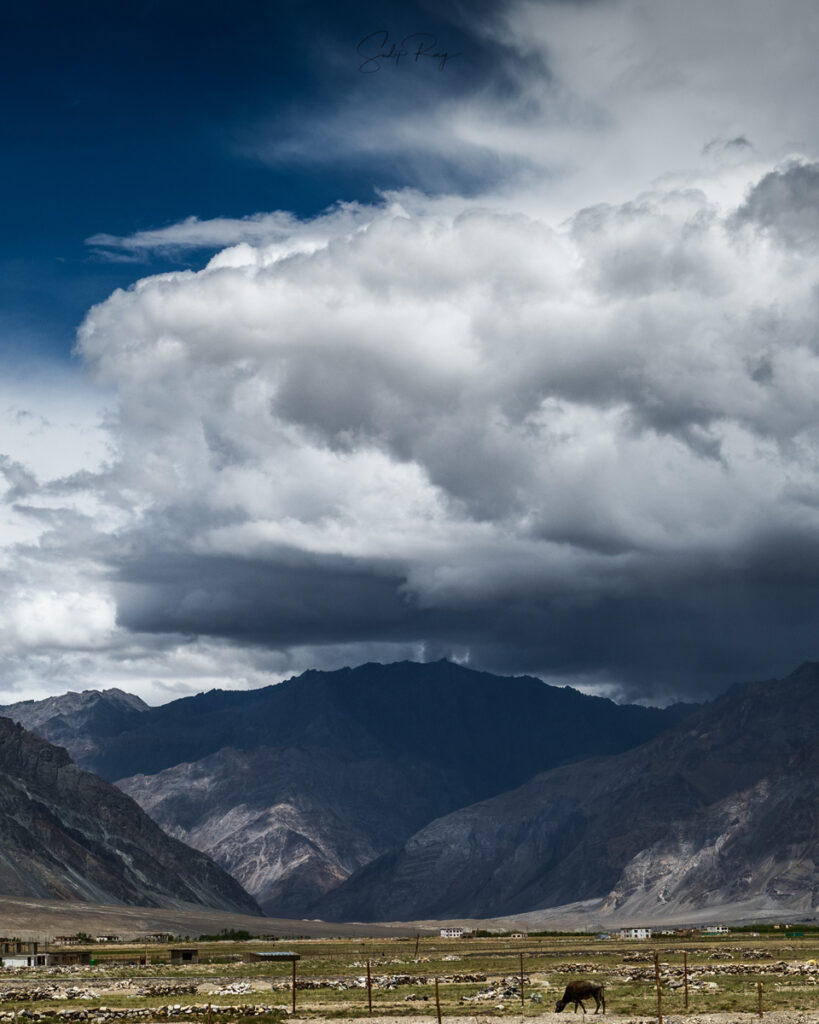
You will reach Padum by the afternoon. Have your lunch and take a good rest. During sunset, visit the Padum monastery, which offers a splendid panoramic view of the entire Padum town.
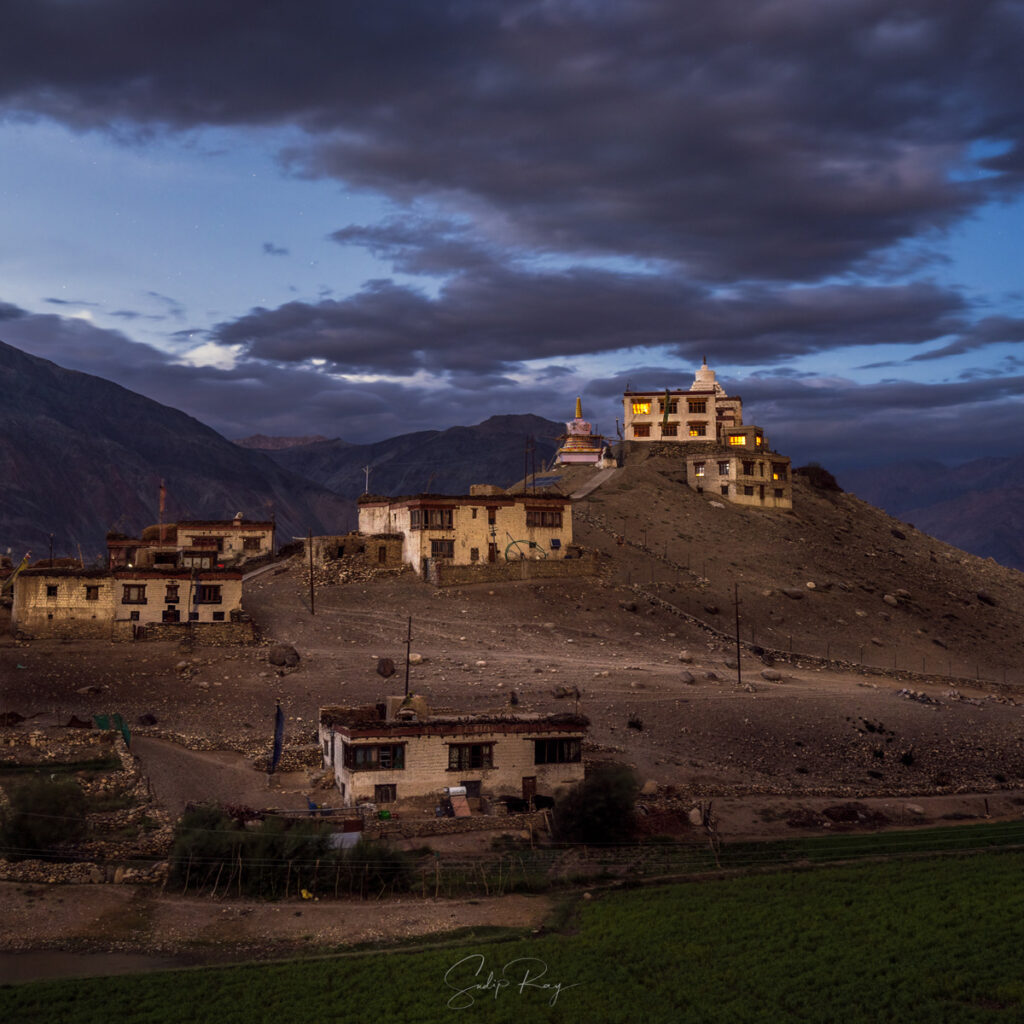
Day 6: Gumbok Rangan
It takes over 6 hours to reach Gumbok Rangan from Padum. The first 50 km of road is buttery smooth. But, after that, it turns into a nightmare. Also, you need to cross a couple of streams on the way. Hence, we advise starting as early as possible from Padum, as the level of water in the streams increases as the day progresses.
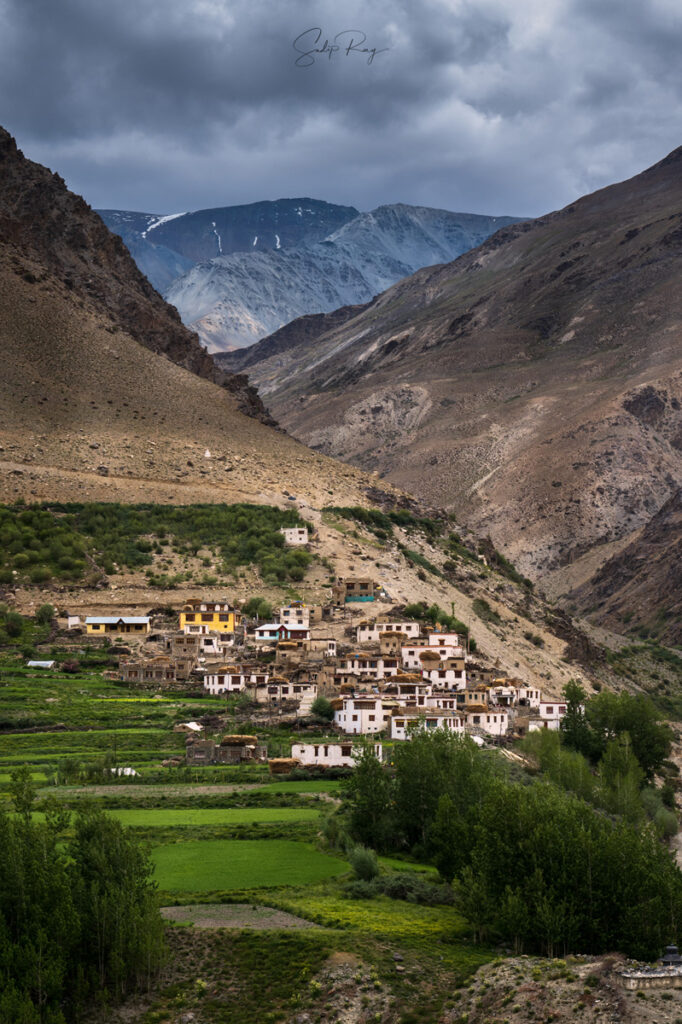
On your way to Gumbok Rangan, you will drive across a few scenic Zanskari villages such as Ichar, Chazar, Purne, and Kurgiakh. The Tsarap river will accompany you all the way to Purne, where it meets the Kurgiak river.

Take your lunch (and washroom) break at Purne. The sole shop makes tea, coffee, instant noodles, and boiled eggs. You can also get biscuits, cakes, and chips here.
During the last lap of the journey from Purne to Kurgiakh, the road conditions get further worsened on the one hand, while the scenery turns more pristine and divine on the other. Once you approach Kurgiakh, the stunning Gumbok Rangan will appear on the horizon.

The Gumbok Rangan is a solitary, sky-high peak, towering at a height of 17,450 ft. Revered as God’s Mountain, it is worshipped by the Zanskari Buddhists. It is certainly one of the most interesting places in Zanskar Valley. At first glance, you will definitely be awed by the immense stature of GumbokRangan. This awe will remain even long after you have returned from Zanskar.

Day 7: A day with the sacred mountain
Wake up before sunrise. Start your day by beholding how the sun lightens up the Gumbok Rangan bit by bit.
Enjoy the day by exploring the area around Gumbok Rangan. There are few nature trails around. Trek up to the foothill of the Gumbok Rangan. Stroll by the spirited Kurgiakh river. Sit on a rock by the riverside with a book you love in one hand and a steaming cup of lemon tea in the other. Take a long walk to the Kurgiakh village, have a chat with the friendly villagers, and admire the summer blooms in the fields.

Savor another sunset at Gumbok Rangan. It will be a fitting end to a day with the sacred mountain. Also, if you have visited Gumbok Rangan around the full moon, lay your eyes upon both the Gumbok Rangan and Kurgiakhriver glistening under the moonlight.
Day 8: Last stop at Zangla
Zangla, a beautiful Zanskari village, will be the last stop of this Zanskar Valley trip. Zangla is situated around 30 km away from Padum. It is a picturesque place with green pastures, cows and horses grazing, little streams, traditional houses, and smiling locals.
Zangla once served as the capital of Zanskar. The ruins of the enigmatic Zangla Fort bear testimony to its royal past. Even to this day, the successors of the royal dynasty live in Zangla. The other interesting place in Zangla is its nunnery.
If you start at sunrise from Gumbok Rangan, you will reach Zangla around noon. You can take two stops on the way – at Purne for breakfast and Padum for lunch.

On reaching Zangla, climb the rocky steps to reach the Zangla Fort. Explore the royal kitchen, prayer hall, and the room where the Hungarian scholar Alexander Csoma de Koros stayed and studied Tibetan language, customs, and culture. For the record, Koros is known as the founder of modern Tibetology and compiled Tibetan dictionary and grammar treatises. Afterward, visit the Zangla nunnery. Strike up a conversation with the nuns over a cup of butter tea.
Later, you can also visit the monasteries at Karsha, Stongdey, and Tsazar if you have time left.
Day 9: Return to Leh
It will take almost 12 hours to reach Leh from Zangla. Hands down, this is Zanskar’s most adventurous and difficult drive. As you leave Zangla, the road gradually starts getting narrower and narrower, until there comes a time when only one car can barely move forward. Loose rocks and boulders hang dangerously above the road, while the Zanskar river flows with all its might. At times, the river even overflows onto the road and the car drives precariously on the rugged riverbed. The steep hairpin bends are dizzying. There will be countless moments when your heart will give a lurch and your stomach drop.
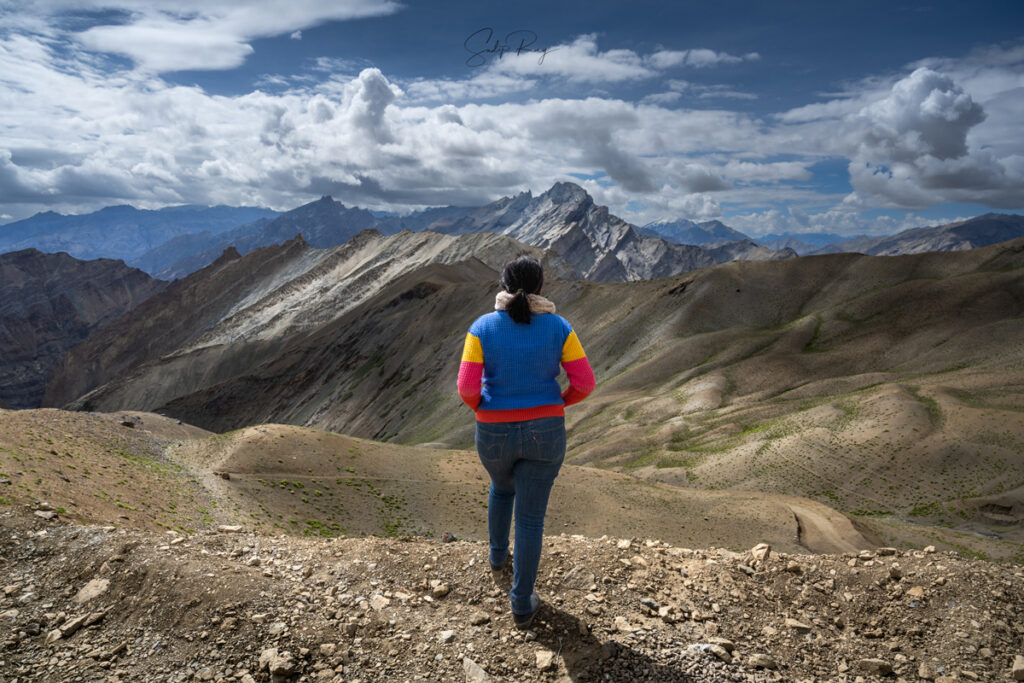
Nevertheless, the scenery on this entire stretch of road is divinely beautiful. The glorious Zanskar range, waterfalls cascading through rocks, colorful summer flowers – they all look like strokes of the brush by Nature on a giant canvas.
On your way, you will first come by Lingshed, a village as beautiful as a dream. Surrounded by clouds and mountains, Lingshed has a 900-year-old monastery.
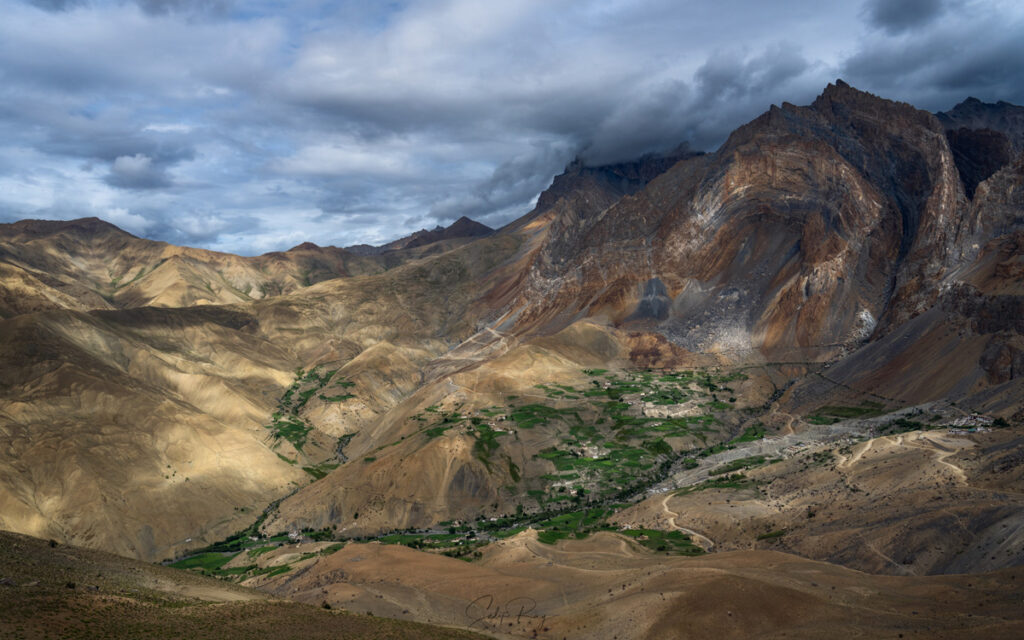
After crossing a series of dizzying bends, you will reach Singe La, one of the two high mountain passes en route to Leh. Singe La is one of the highest climbs on the way, as its top lies at 16,590 ft. Owing to its height, it is very windy and chilly here. Later, you will cross the other pass, Sir Sir La, which is situated at a height of 15, 700 ft.
A few kilometers ahead lay a nondescript village called Photoksar. A lone shop here sells hot beverages, instant noodles, biscuits, chips, and chocolates. You can have lunch with instant noodles here. Also, there is a not-so-clean toilet for women.
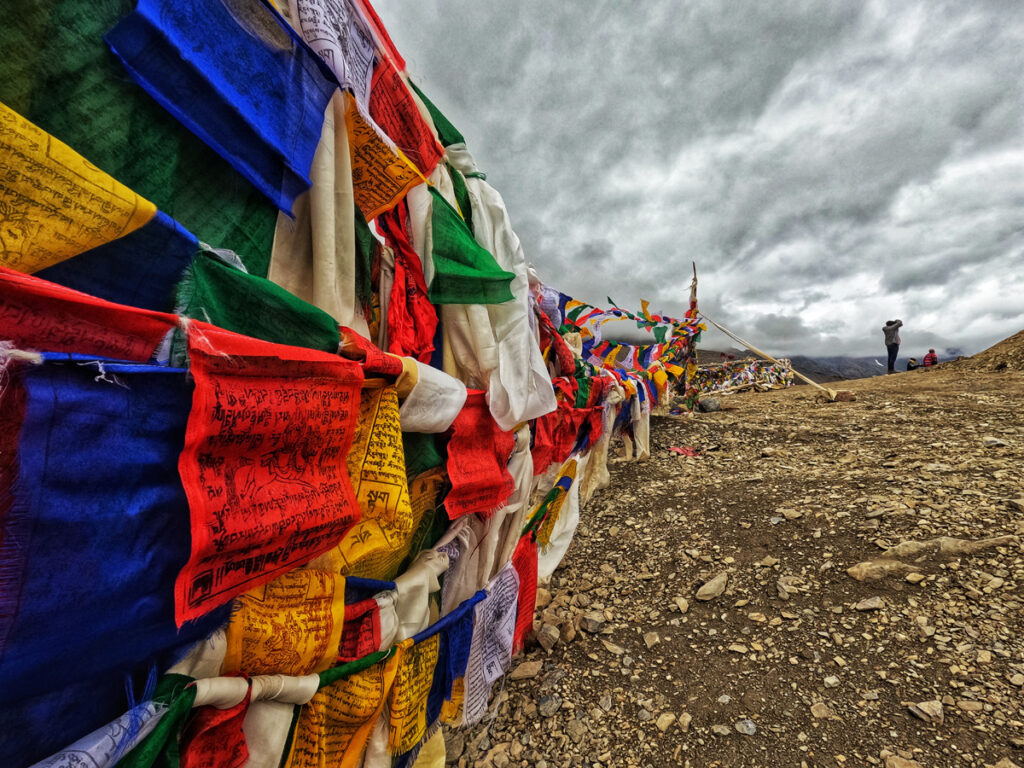
From Photoksar, Leh is another 5 hours drive. However, the road gradually starts getting better, and after a while pitched road starts.
Day 10: Back to home
The amazing trip to Zanskar Valley ends on the 10th day. Bid Ladakh adieu, with a promise to return soon.

Things to remember:
1. Zanskar Valley is situated at an average height ranging from 13,000 to 18,000 ft. As such, acclimatization is crucial here. Take it slow and don’t rush your itinerary. Give your body ample rest for adjusting to the height gain.
2. The best time to visit Zanskar Valley is the summer months, from June to September. However, the famous Chadar Trek occurs during the winter.
3. Pack according to the time of your visit. Carry regular cotton clothes, light sweaters or jackets, and windcheaters for summer. In Zanskar, summer mornings are quite warm. So, the trick is to dress up in layers so that you can peel off one after the other as per the need. For winter, you need heavy woolen, puffer jackets, thermal inners, and so on.
4. Carry a good moisturizer, and sunscreen with at least SPF 50, lip balm, or Boroline and Vaseline. Also, wear caps, hats, and sunglasses. The sun is harsh at higher altitudes.
5. There is a dearth of food joints on the roads of Zanskar. You will drive for hours in desolate places. So, we suggest carrying dry fruits such as almonds, raisins and dates, bananas, biscuits, and cakes with you.
6. Zanskar is one of the remotest places in India. Naturally, hospitals are scarce here. You will find hospitals only at Kargil and Padum. Medical shops are also few. Therefore, carry basic medicines for fever, cough and cold, stomach problems, Diamox, painkillers, antiseptic lotions, bandages, and cotton.
7. Only the post-paid connection of Jio works almost everywhere in Zanskar. We were told that the post-paid connections of Airtel and BSNL also work. But they didn’t.
8. Carry sufficient cash with you. We saw ATMs only at Kargil, Sankoo and Padum. Also, transactions are wholly through cash in Zanskar.
9. You will find petrol pumps only at Kargil and Padum. However, the activity of Padum’s petrol pump is doubtful. We found it closed twice within a span of 3 days. We suggest filling your car to the fullest at Kargil and carrying spare fuel in a jerrycan in case of emergency.
10. As far as car mechanics go, we saw a number of car repair shops in Kargil. Padum has few mechanics also. If you are taking your own car or bike to Zanskar, we suggest getting your vehicle serviced beforehand. Also, carry basic spare parts and a toolkit in case you face minimal breakdowns on your journey.
